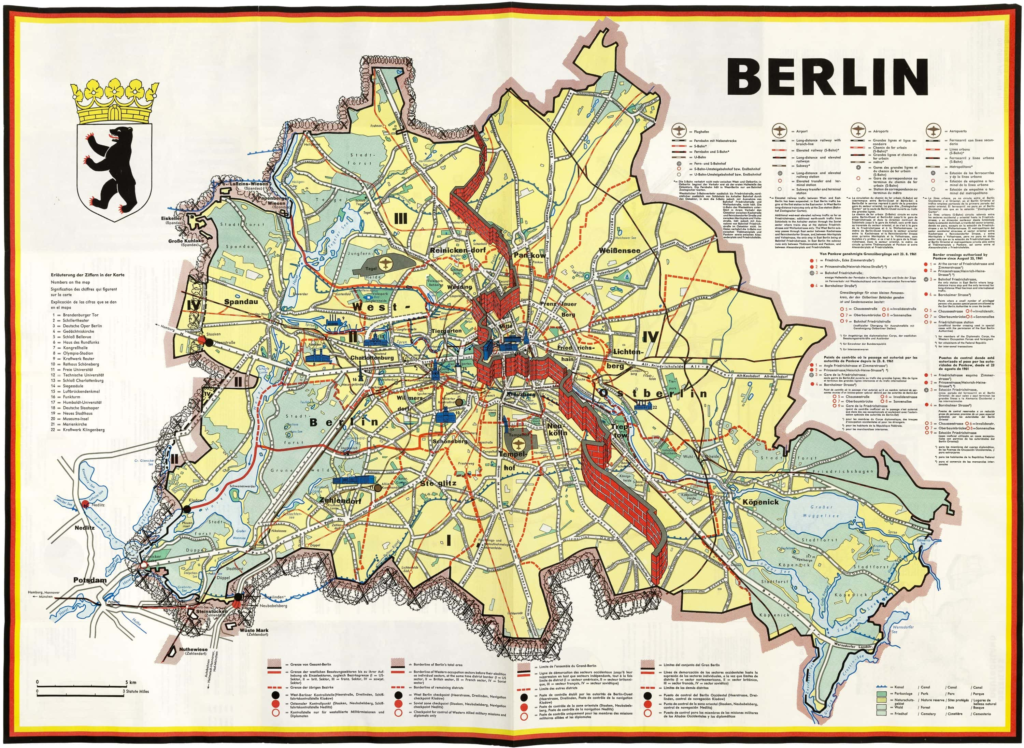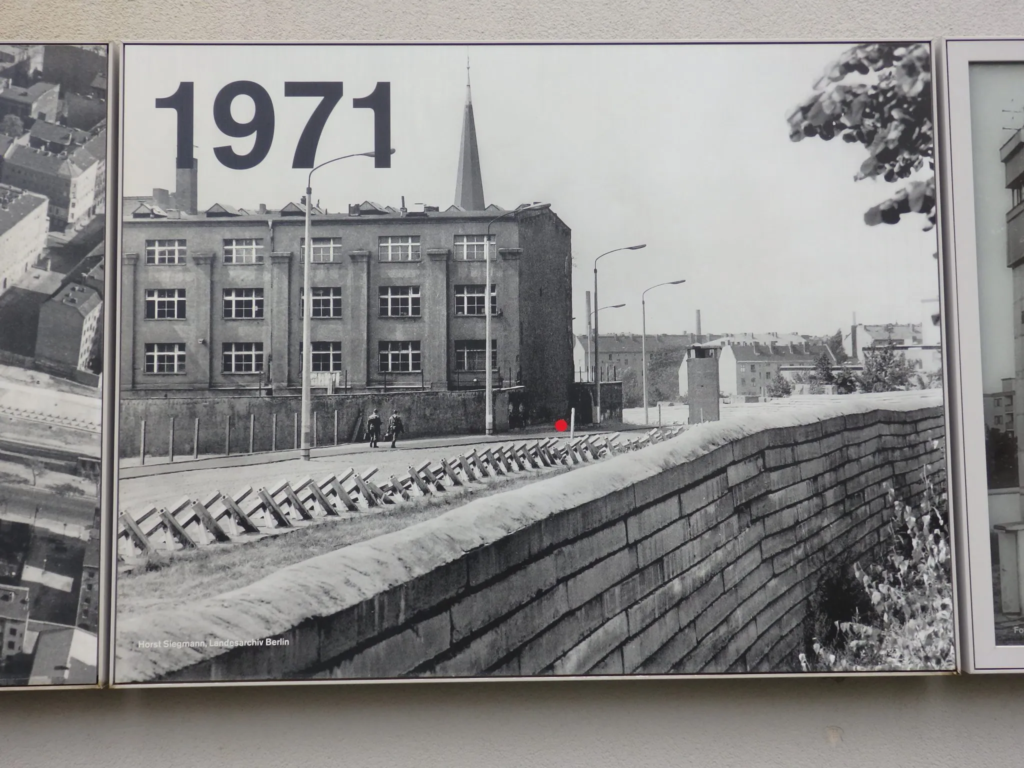It’s been 35 years since the fall of the Berlin Wall. On 9 November 1989, sections of the then 28 year old barrier between East and West Berlin were breached. The wall had been built to prevent the masses from flocking to the communist paradise of East Germany from the decadent West. LOL.

In reality, the monstrosity was built to keep people in East Germany, as anyone with any skill or intelligence was fleeing the commies as fast as they could. The Soviets realized that brain drain was a problem as early as 1946 and started planning ways to seal the borders and prevent Germans from fleeing their commie utopia.
Before the Wall’s erection, 3.5 million East Germans – some 20% of the East German population – circumvented Eastern Bloc emigration restrictions and defected, many by crossing over the border from East Berlin into West Berlin; from there they could then travel to West Germany and to other Western European countries. From 1961 to 1989, some 100,000 people tried to escape East Germany, with fewer than 5,000 succeeding. While estimates vary, around 200 people were killed trying to cross the Berlin Wall.
The Berlin Wall was made up of two walls. Both walls were 13 feet tall and had a length of 155 kilometers. They were separated by a mined corridor called the death strip. This strip was heavily guarded and included 302 watchtowers (by 1989). Guards had authorization to shoot people who attempted to go through this strip.

In the late 1980’s a movement started in the com-bloc countries in eastern Europe. There was the Solidarność movement in Poland headed by Lech Walesa, the Velvet revolution in Czechoslovakia, and the pan-European picnic, an international anti-Soviet movement. They all affected the mood in East Germany heading into the fall of 1989.
The day the wall came down, East German authorities held a press conference about changes to the emigration and travel laws. Günter Schabowski, the party leader in East Berlin and the top government spokesman, gave an overview of the changes. He had not been fully briefed about them and made several misstatements that were taken at face value and broadcast across East Germany. Among those misstatements were that the changes would go into effect immediately and border crossings, including in Berlin, would not require ID. This news, broadcast at 1900, spread like wildfire. By 2000, there were crowds gathered on both sides of the wall and at 2245, the first of the gates was opened by Stasi Officer Harald Jager who commanded the Bornholmer Strasse crossing.
Demolition of the wall started almost immediately, unofficially at least. Souvenir hunters, called Mauerspechte (wallpeckers) in German, used whatever they had handy to chip away at the wall. This turned into a cottage industry for enterprising German youth, as they started supplying tools for demolition to the tourists from around the world who came to claim their piece of the Wall.
By late December, dozens of unofficial border crossing had opened up. Initially the East German Grenztruppen (border troops) tried to repair the breaches, but gave up. On 22 December the Brandenburg Gate reopened. West German Chancellor Helmut Kohl walked through the gate and was greeted by East German Prime Minister Hans Modrow. On the 23rd, visa free travel between East and West started, and with that the beginning of the end of East Germany.
In June of 1990, East German troops started officially dismantling the Wall. July marked the adoption in the East of the West German mark as the official currency and by 3 October, the two German states became one. It took until November of 1991, but all but 6 sections of the Wall – to be preserved as monuments – had been dismantled.
